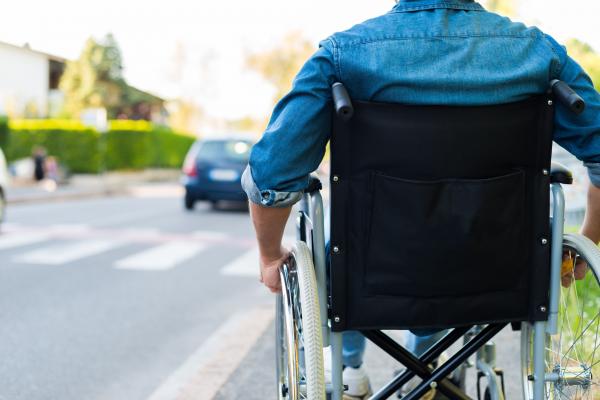
SUNDAY, April 23, 2017 (HealthDay News) — An old standby drug seems to help patients with advanced Parkinson’s disease through the difficult times when their usual medication stops working, a new trial suggests.
As the movement disorder progresses, the effectiveness of the usual drug, levodopa, wears off more quickly after each dose, the researchers explained.
Patients can experience so-called “off” times, which can result in stiffness and leave them immobilized until the levodopa kicks in again.
During these off times, the injectable drug apomorphine (Apokyn) can significantly shorten the period before levodopa takes over, the investigators found.
“The results confirm what had been expected based on decades of clinical experience with apomorphine infusion in Europe,” said lead researcher Dr. Regina Katzenschlager, a guest professor at the Medical University of Vienna in Austria.
“When fluctuations in the response to medication taken by mouth are no longer well-controlled and periods of bad mobility become burdensome, apomorphine infusion may provide relief to patients with Parkinson’s disease,” she added.
One Parkinson’s expert said the findings give patients another option.
“This technology will hopefully offer a new avenue for patients requiring treatment for off medication periods. Although the results were not as robust as deep brain stimulation or the Duopa pump, it will add an important option to the treatment arsenal,” said Dr. Michael Okun. He’s medical director of the U.S.-based National Parkinson Foundation.
The Duopa pump, which was approved in 2015 by the U.S. Food and Drug Administration, delivers medication directly to the small intestine, significantly reducing off times, according to the Michael J. Fox Foundation for Parkinson’s Research.
For the new 12-week phase 3 study, Katzenschlager and her colleagues randomly assigned 107 patients with advanced Parkinson’s disease to either infusions of apomorphine or a placebo. Daily infusions were given over 14 to 18 hours via a small portable pump.
Patients given apomorphine had on average 2.5 hours less off time, compared with those receiving a placebo, whose reduction in off time averaged only 30 minutes.
The improvement was seen within the first week of treatment, and patients on apomorphine experienced an increase in “on” time — without the involuntary movements that are often seen with levodopa, the researchers reported.
When patients were asked to evaluate their treatments, those who received apomorphine gave their treatment higher scores at week 12 than those who received a placebo, Katzenschlager’s team said.
Among patients receiving apomorphine, 71 percent felt an improvement, compared with 18 percent of those who received a placebo. Nineteen percent of the patients receiving apomorphine worsened, compared with 45 percent of those on a placebo. Apomorphine was well-tolerated and no serious side effects were seen, the researchers added.
The study results are scheduled for presentation next week during the American Academy of Neurology annual meeting, in Boston. Research presented at meetings is considered preliminary until published in a peer-reviewed journal.
The study was funded by British-based Britannia Pharmaceuticals Ltd., the maker of apomorphine.
Apomorphine was first produced in 1865 and began to be used to treat advanced Parkinson’s disease in the United States in 1950. Its use increased in the 1990s, when European doctors starting using infusions of the drug to treat fluctuations in mobility that could not be controlled by pills, Katzenschlager said.
Another U.S. neurologist said the new study backs up what was previously found.
“This is the first randomized study showing the positive effects of apomorphine, an old drug that has been available for the treatment of Parkinson’s disease,” said Dr. Paul Wright, chair of neurology at North Shore University Hospital in Manhasset, N.Y., and Long Island Jewish Medical Center in New Hyde Park, N.Y.
“This study essentially confirms our knowledge from prior trials,” he said.
The only drawback to apomorphine is that it has to be infused. “The drug, while effective, is not as easy to administer as a pill,” Wright said.
More information.
For more information on Parkinson’s disease, visit the National Parkinson Foundation.





